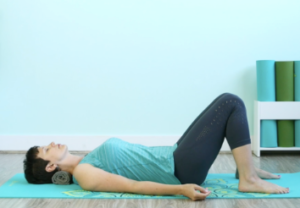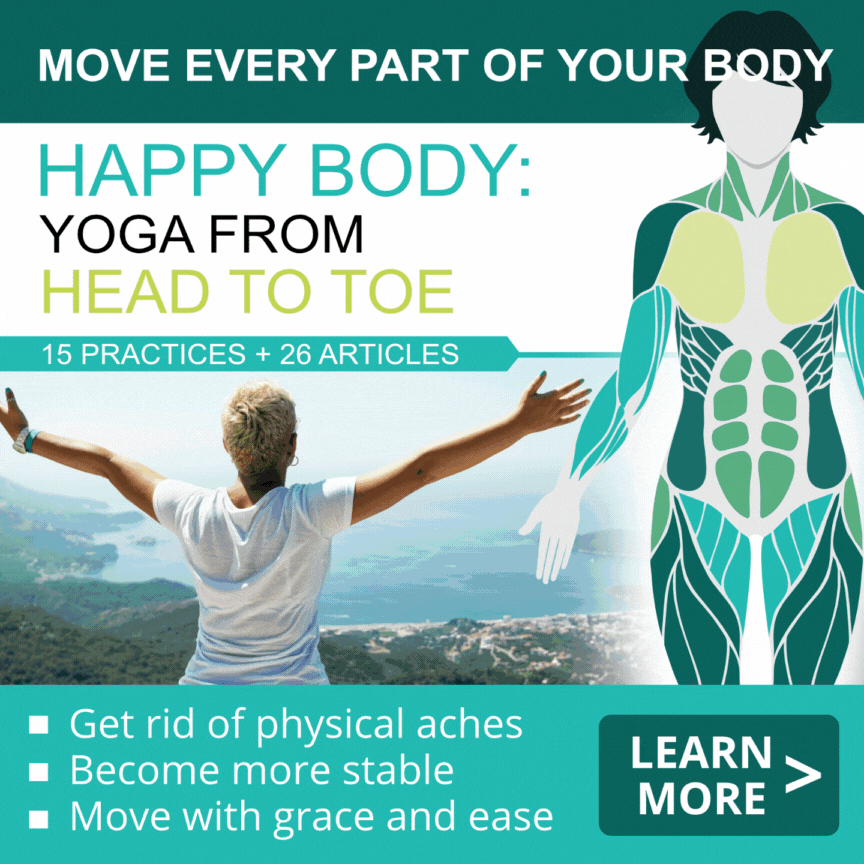What causes neck stiffness and tension headaches and how we can deal with them
4Do you ever get tension headaches? This feeling of a tight band wrapped around your head? Or maybe a localized throbbing at the very base of your skull that you just want to press your thumbs into? If so, you are probably dealing with tension in suboccipital muscles that bloom like a lotus flower on the back of your head.
 Suboccipitals are the eight small muscles located at the very base of your skull. They are the deepest muscles on the back of the neck, and they are involved in more subtle head movements like rocking and tilting of the head, as well as turning the head to one side. But what makes them particularly interesting is that they also stabilize the position of your head, which makes them deeply connected to your eyes and your vestibular system (that controls your balance).
Suboccipitals are the eight small muscles located at the very base of your skull. They are the deepest muscles on the back of the neck, and they are involved in more subtle head movements like rocking and tilting of the head, as well as turning the head to one side. But what makes them particularly interesting is that they also stabilize the position of your head, which makes them deeply connected to your eyes and your vestibular system (that controls your balance).
Let’s conduct a little experiment. Place your thumbs at the base of your head in the little notches right underneath the bony parts. Apply a little bit of pressure there. While applying pressure with your thumbs, slowly move your eyes up and down, then right to left without moving your head. Do you feel any movement under your thumbs? Most of us will feel some movement at the base of the head when we move the eyes because suboccipital muscles contract in response to the movement of your eyes.

Your eyes play an essential role in your ability to maintain balance (along with your inner ear). It is called a vestibular-ocular reflex (VOR) and it refers to how the activation of the vestibular system in your inner ear causes eye movement. If you keep reading this text and somebody calls your name, you might turn your head in the direction of the sound, but keep your eyes fixed on the text – this is VOR in action. Your eyes will be moving in the opposite direction from your head. This happens when the head rotates in any direction (up, down, to the side or in a circle) – your eyes will move in exactly the opposite way to stabilize the image that you were focusing on in your retinas. Without this reflex, every time you moved your head, the visual image would become blurred. This is particularly important because we do micro head movements all the time, the head is never completely stable. Without this reflex, we would always get a smudged image of the reality in front of us and we wouldn’t be able to read printed text.
Your inner ear, your eyes and your suboccipital muscles work very closely together to hold your head steady and keep the image that you see with your eyes steady as well. That is why you can get a headache or get dizzy if you are a passenger trying to read in a moving car – the constant motion of the car makes your eyes and your suboccipitals work overtime in their attempt to keep your head and the words in front of you steady to allow accurate processing of visual information.
Things get even worse if you are trying to process visual information from your screen rather than a book because of:
1. Constant focusing and refocusing. “There is a difference in visual demand when one is viewing the display on the computer screen compared to reading a printed text. An image which is produced on the screen is made up of thousands of tiny spots or pixels and rasters which collectively form the image. The margin of the image or a word is usually not sharp and this is worsening if the image or word is formed by minimal pixels, or what is known as low resolution. As the resolution goes down the image becomes poor in quality and the visual demand of a reader has to be increased in order to appreciate the wording or image.” (1)
2. Repetitive action. If you read a lot on your screen, the action of your eyes is very repetitive from left to right, from left to right – your eyes follow the same path over and over, which creates eye strain.
3. Contrast and glare. “The contrast (intensity of the light) of the word to the background, the glare of the computer screen and the reflection from the glass screen are all important factors determining the amount of visual demand one must put in order to perceive the image well.”(1)
And, of course, the smaller the screen, the harder your eyes have to work. You are also more likely to contort your body more while looking at the smaller screen.
Your eyes have to work hard to focus and your suboccipitals have to work hard to keep your head steady in your regular daily activities. If, on top of that, you look at your screen for long periods of time, keep your head in a poor position (where it is not balanced over your upper body) and do it all in an unstable environment (moving car, subway, train, etc.), you are placing additional strain on your eyes and suboccipitals, which can result in neck stiffness, pain at the top of your neck or behind your eyes, and tension headaches. Other factors that might contribute to suboccipital tension are whiplash and teeth grinding.

The two most common remedies suggested for suboccipital tension are manual pressure (where your manual therapist would cradle your head in a horizontal position and apply gentle pressure on suboccipital muscles), or some form of gentle traction (where your manual therapist would create a slight tugging action on the back of your neck in a horizontal position with your chin tucked in).
We can create similar actions ourselves in our yoga practice.

1. To simulate gentle pressure on suboccipital muscles, you can roll up a hand towel tightly and place it under your neck in supine position, making sure that the towel is tucked close to the base of your head, and that your neck feels fully supported. Rest in that position for at least 5 minutes breathing deeply and relaxing deeply into the pose.

2. To simulate tracking action, we can work with Jalandhara bandha-like movement in different yoga poses and in a seated position. It works partucularly well to add this movement to axial extension postures, like Ardha Uttanasana, Bharmanasana and Janu Sirsasana. First move your head up and down few times with your breath, and then tuck the chin in a bit and lengthen through the back of the neck, lifting the base of your head upwards. Stay in that position for several breaths.
Other strategies that help to deal with suboccipital tension include:
- Modifying the ergonomics of your workspace and patterns of your body positioning to avoid neck strain,
- Releasing eye strain (including moving eyes independent from moving the head),
- Gently warming up the neck (with basic flexion/extension, side bending and rotation),
- Subtle movements of the head (like the image of the head floating over the shoulders),
- Realigning the position of the head in relation to the upper body (working with posture),
- Relaxing the neck in fully supported positions (like supported Child’s pose, for example),
- Using breath, sound and imagery that calms down the nervous system (Like Ujjayi breath or Bee breath).
Here is a short breathing practice that uses some of the elements described above. It focuses on
- Loosening up the neck and upper back,
- Creating better alignment between your head and upper body,
- Deepening your breath (especially the exhalation part),
- Using subtle sound to create soothing vibration in your throat and neck.
Give it a try and see how it feels for your neck. And if this doesn’t help with your neck tension, something else might be going one. What is it? Let’s explore the possibilities next time.
[jetpack_subscription_form]
References
- Understanding and Preventing Computer Vision Syndrome by KY Loh and SC Redd
- Do you have eyes at the back of your neck? by Dorthe Krogsgaard and Peter Lund Frandsen
- Vestibulo–ocular reflex from Wikipedia
- Trail Guide to the Body: How to locate muscles, bones and more by Andrew Biel




















Very nice for my neck!
Thank you for this informative article, Olga. Having recently been diagnosed with Vestibular Migraine, I am learning so much about the connection of neck tension and migraine symptoms. Your article added to my understanding of this! Namaste, Mary
These articles are so helpful! It’s much easier to change my behaviors and improve my posture when I know the reasoning behind the need to change. I’ve found all of your yoga sequences helpful – but I am most impressed by how some small changes and sequences have had such a big impact. Thank you!
I am do happy to hear that this was helpful for you Donna, and that you are putting it to good use!